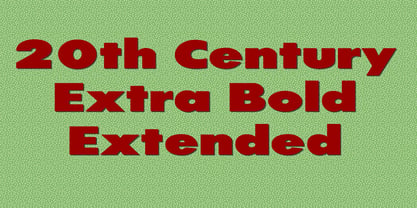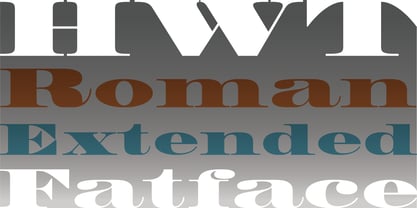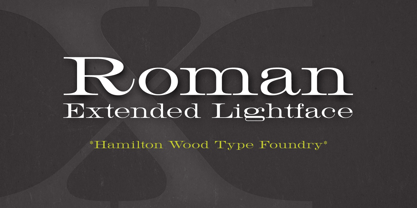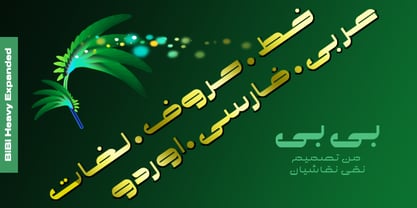6,355 search results
(0.02 seconds)
- SF Foxboro Script Extended - Unknown license
- SF Proverbial Gothic Extended - Unknown license
- SF Fortune Wheel Extended - Unknown license
- SF Intoxicated Blues Extended - Unknown license
- SF Intoxicated Blues Extended - Unknown license
- SF Pale Bottom Extended - Unknown license
- SF Square Root Extended - Unknown license
- SF Port McKenzie Extended - Unknown license
- SF Chrome Fenders Extended - Unknown license
- SF Port McKenzie Extended - Unknown license
- SF Proverbial Gothic Extended - Unknown license
- SF Americana Dreams Extended - Unknown license
- SF Minced Meat Extended - Unknown license
- SF Chrome Fenders Extended - Unknown license
- SF Groove Machine Extended - Unknown license
- PF Tempesta Seven Extended - Unknown license
- SF Arch Rival Extended - Unknown license
- SF Atarian System Extended - Unknown license
- SF Solar Sailer Extended - Unknown license
- SF Groove Machine Extended - Unknown license
- SF Square Root Extended - Unknown license
- SF Fortune Wheel Extended - Unknown license
- SF Comic Script Extended - Unknown license
- SF Pale Bottom Extended - Unknown license
- SF Minced Meat Extended - Unknown license
- SF Solar Sailer Extended - Unknown license
- SF Shai Fontai Extended - Unknown license
- SF Atarian System Extended - Unknown license
- SF Atarian System Extended - Unknown license
- SF Outer Limits Extended - Unknown license
- SF Shai Fontai Extended - Unknown license
- PF Tempesta Five Extended - Unknown license
- 20th Century ExtraBold Extended by Wooden Type Fonts,
$20.00 - Monotype Egyptian 72 Extended by Monotype,
$29.99 - HWT Roman Extended Fatface by Hamilton Wood Type Collection,
$24.95 - HWT Roman Extended Lightface by Hamilton Wood Type Collection,
$24.95 - Bi Bi by Naghi Naghachian,
$78.00 - Geoplace - Personal use only
- Advert - Unknown license
- FineOMite - Personal use only






































